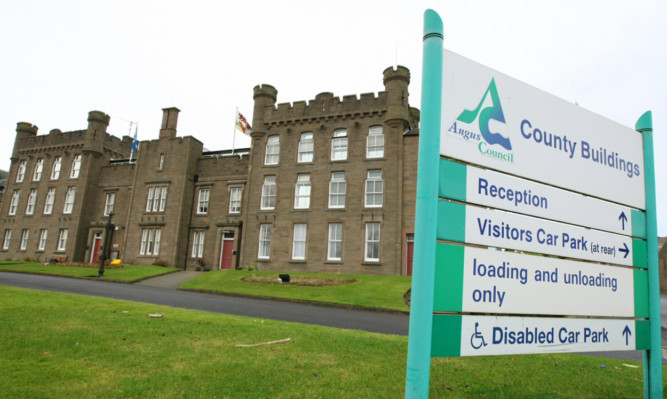A survey of Angus residents has found almost all participants feel they have a high quality of life in the county.
Councillors have noted the findings of the 2012 Citizens’ Panel Survey, which was designed to mirror the Angus citizen survey, last conducted in 2010.
Chief executive Richard Stiff’s report and a statistical summary have gone before members in the Town and County Buildings, Forfar.
He said: “(This) is conducted every two years and, by carrying out a similar survey with panel members in the intervening years, we are able to gather annual data to help us inform and shape our services.”
The broadest change between 2011 and last year is the change in the neighbourhood section, where 24% of respondents believed their area had worsened over the last five years and 14% that it had improved.
This is in comparison to a 4% indication in either direction from the 2011 citizen survey but the report analysis’ writers state the numbers in either determination are “small”.
Its general sample for other questions was around 227 but these previous questions had only 87 respondents.
The main reasons given for an increase in satisfaction with neighbourhoods are new people moving in (25%) and an increase in community events (22%).
Those who stressed the worsening aspects of their neighbourhood cited “undesirable people” moving in (24%) and a lack of civic maintenance of open spaces and gardens, increased traffic, less community spirit and new houses being built (all 15%).
This question was not asked in the 2010 panel but the main reasons for satisfaction in the 2011 survey were “quieter/more peaceful” (31%) and “housing improvements/new housing” (13%).
The main reasons for dissatisfaction in 2011 were “undesirable people” moving in (25%) and drug problems (24%) notably absent from last year’s panel.
A majority of respondents are in the owner-occupier bracket (70%), or former council tenants now owning (15%), and 74% have been in the same house for more than 10 years. Only 8% are council tenants.
In terms of how residents felt about the council, only 60% thought a complaint had been dealt with, but information requests saw a much higher satisfaction rate (95%).
For local services and amenities, schools and bin collection scored highest but concerns about youth facilities are to the fore (59% satisfaction).
Against the 2010 figures, the greatest satisfaction was registered for schools at 93% (95%), bin collection at 90% (88%), and parks and open spaces at 90% (86%).
Services with total satisfaction for accessibility included bin collection, shops, public transport, schools and social work. Only 56% of respondents were satisfied with roads, pavements and street lighting.
In terms of overall quality of life, the majority of respondents believed quality of life is high in Angus (96%), and also in their area (94%), and the vast majority believed themselves to be safe in their own home.
The previous findings have been utilised in a Scottish Government scheme analysing town centres. Forfar and Arbroath are the most visited towns and nearly all find it easy to travel to the town centre they visit most often.
